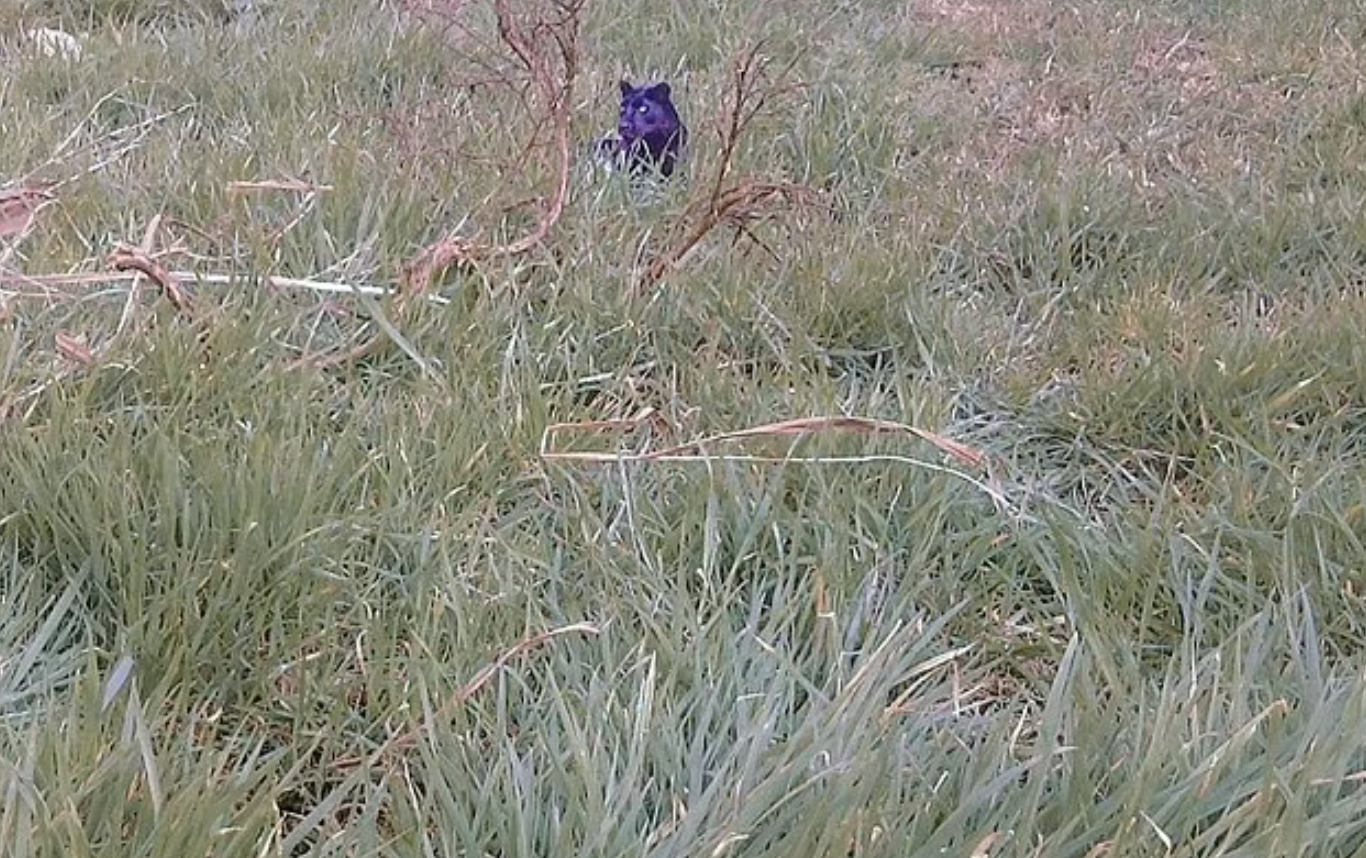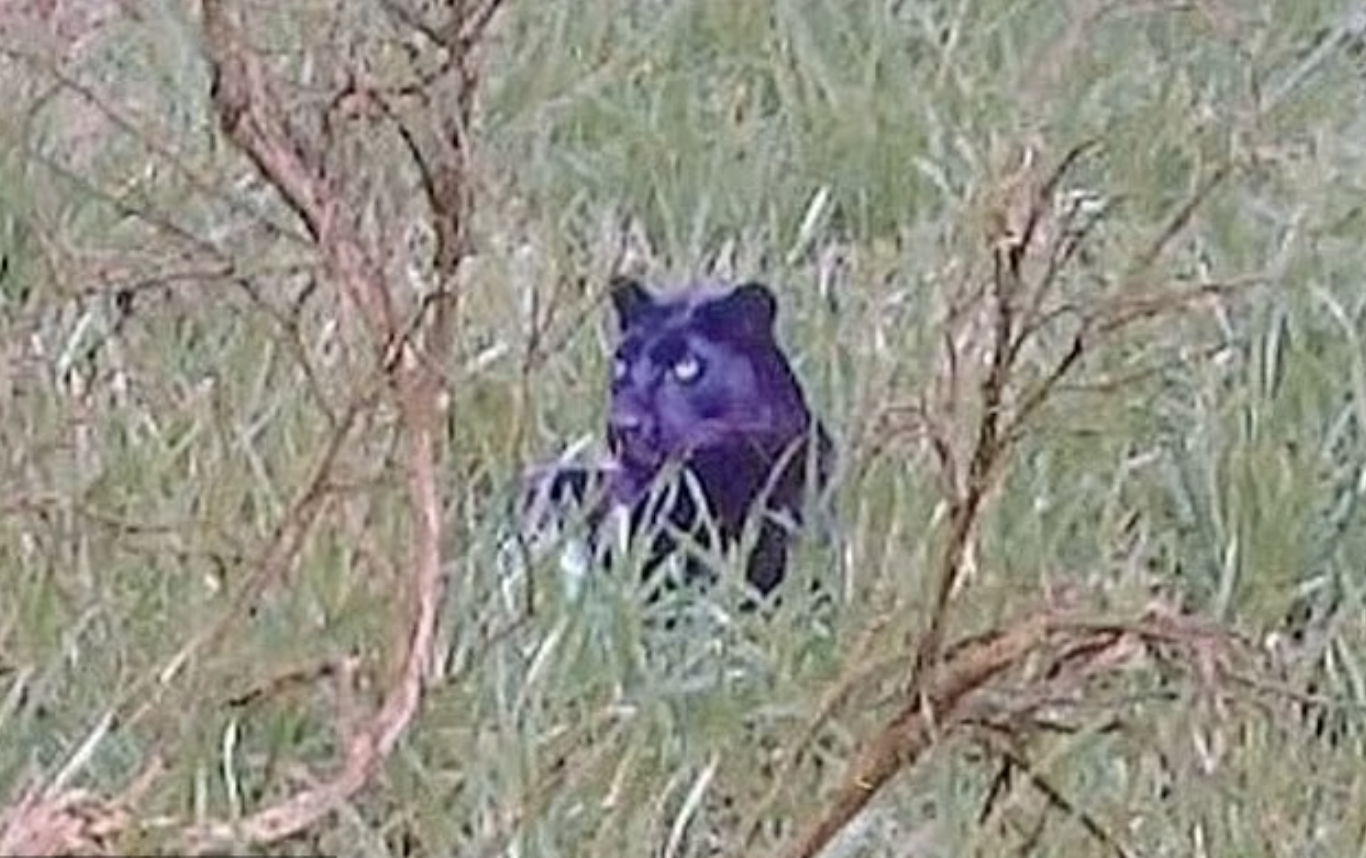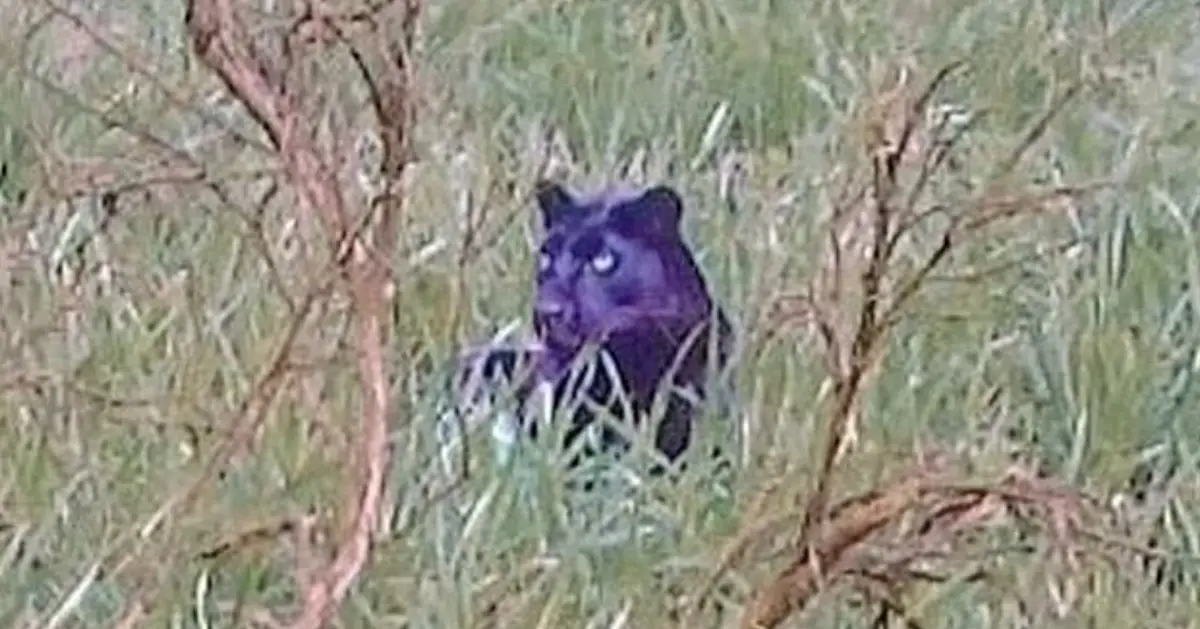In a recently acclaimed documentary titled “Panthera Britannia Declassified,” the creators assert that they have come across what they believe to be the most definitive photograph of a wild large feline in the United Kingdom. The captivating image captured within the documentary portrays a robust, black panther-like creature nestled amidst tall grass in the vicinity of Smallthorne, Staffordshire. This remarkable discovery emerged from the archives of a zoological organization and was labeled with the date “March 17,” albeit without a specified year.
Should the authenticity of the photograph hold true, experts contend that it likely stands as the most compelling depiction of a British big cat in existence. The image is slated for presentation in the documentary, where it will be accompanied by an array of other prospective pieces of evidence lending credence to the notion of substantial feline inhabitants within the British countryside.

The photograph’s revelation can be attributed to the assistant director of a zoological center, who stumbled upon it while conducting research in their archival holdings. According to his account, the photograph leaves no room for ambiguity—it unambiguously portrays a sizable cat belonging to the Panthera genus, with even its whiskers discernibly visible.
The photograph was found affixed to an enigmatic handwritten letter that carries an undated inscription bereft of the year, lacks a complete signature, and omits the sender’s address. Nevertheless, the letter asserts the photograph’s provenance, suggesting that, if genuine, it could potentially represent the most exceptional visual record of a British big cat.

Further substantiating the documentary’s claims, new DNA evidence has emerged, corroborating the presence of a wild large cat near a sheep-kill in Gloucestershire during July of 2022. Tim Whittard, the producer of “Panthera Britannia Declassified,” emphasizes that this remarkable rediscovered photograph and the groundbreaking scientific discovery constitute only a fraction of the comprehensive body of evidence showcased in the film.
Whittard underscores the documentary’s data-centric approach, rooted in authentic scientific exploration and the insights of bona fide experts. The production aimed for objectivity and analytical rigor, reflecting an arduous journey of investigation that entailed thousands of research hours and interviews with numerous eyewitnesses.

He reflects, “The outcome offers viewers a profoundly revelatory expedition, fostering a nuanced understanding of this significant zoological matter.” Furthermore, Whittard laments the melancholic narrative surrounding the presence of these majestic creatures. Historically, the ownership of these impressive felines without a license was legally permissible in the UK until 1976, a period in which they became sought-after symbols of prestige and style.
However, changes in laws pertaining to the ownership of exotic animals led to a surge in the release of these large cats into the wild. The contemporary sightings of these animals in their natural habitats are traced back to the descendants of these abandoned former pets.

